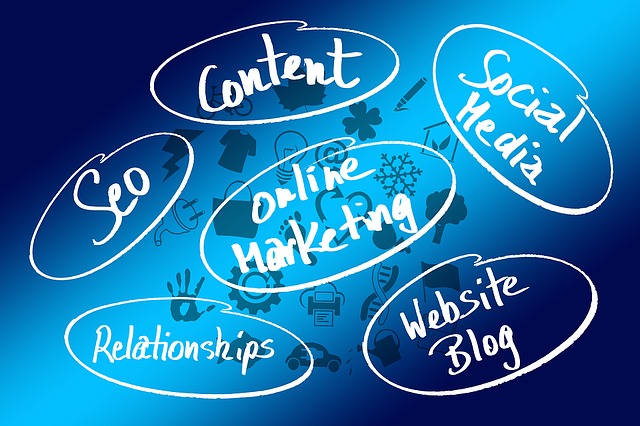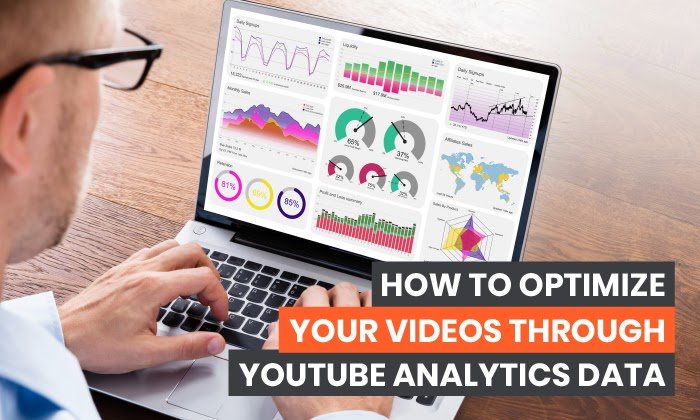
For example, a screen reader will inform you that a graphic includes a caption. This text provides information about the image's content, including its content. An example would be a sentence with the phrase "Ellen Ochoa, first Hispanic woman in space." For this sentence, the best choice would be "alt="" rather than "image," because the former would be redundant and the latter wouldn't provide any useful information.
Avoid keyword stuffing in alt text
Add alt text to images you use on your website. The alt text should describe the image and include keywords and keyphrases related to the image's contents. Its purpose is to help search engines understand the image, so keep your text as brief and relevant as possible. You should include keywords relevant to the image in the alt text. But, you must avoid keyword stuffing. Here are some tips to help you add the right keywords in the alt text:
Do not use your alt text to replace your main text. It should be concise and descriptive with no more than 70% keywords. Avoid phrases such as "image or", "image or," and "photo of". Use the longdesc="") tag to include more than one keyword. For longer descriptions, the href element can be used. Remember not to repeat information from an image. This will confuse crawlers and hurt your ranking.
Be descriptive

It is important to be precise when you write alt text. You should consider the image you are writing about. A baseball field image might contain a text description of an SEO-optimized woman. If your image contains a player hitting the ball, your alt text must include information about the player as well as Fenway Park and the entire team. Your alt text will be more useful and meaningful if you use the specifics of the image.
Be descriptive when writing alt texts. Screen readers can recognize an image but cannot describe its content. Alt-text can help. It allows the reader to interpret the image and provides context. The alt text of an image should be clear and concise. It's important to keep in mind that screen readers may cut off alt text after 125 characters, so make sure to write enough for your image to remain legible to the reader.
Be keyword-rich
Google image search requires that alt text be keyword rich in order for your website to appear. Google will search for content with keywords. This means that if your image is included in the alt text, it should include information about the image. It should not be keyword-stuffed, but descriptive enough to draw attention to the image. To write the best alt text, follow these best practices:
The alt text of your images should describe the picture. It should be keyword-rich with the main keywords at its beginning. This will tell Google what the image is about and therefore improve your search engine ranking. Google will take note of alt-tags and copy you write, which will improve your website's rank. Your site will be displayed in search engine results for users searching for specific keywords if your images contain keyword-rich alt text.
Get in touch with the image

When writing the ALT text for your image, you should remember to write about the content of the picture, not its copyright information or any extraneous information. A brief description of a single image is fine, but a longer sentence will give your audience more information about the image. Also, include the date and hour you took the image. This is vital to ensure that your image gets seen by as many people who are interested.
It is important to remember that alt text should be relevant in the context of your page. You should also include the keyword. A simple example is a baseball field, a player hitting a ball, and the Red Sox's #34 David Ortiz. Make sure the alt text has these details, since this will make it more relevant for people to find the image on your page. You should avoid vague or ambiguous terms. They will confuse search engines crawling through your site.
FAQ
What are the top tools for on-page SEO?
The best tools for on-page SEO are video embeds, image alt tags, structured data markup, and internal link structure. You can learn more about these types of issues in this article.
Is link building still relevant to SEO?
Link building will always be necessary, but how you approach it now is different from how people did it 10 years ago. Today's biggest challenge for businesses is how to find customers and sell. That's where search engine optimization comes into play.
Nowadays, businesses need to use social media, and content marketing strategies are also very important. It seems that link building is not as effective as it once was because Google penalizes websites with too many links pointing back at them. This is because linking to multiple sites can lead to Google penalizing you.
All these factors mean that link building isn't nearly as valuable for ranking your website as it once was.
Link Building: Can I Increase My Rankings?
Link building is the process that creates high-quality backlinks for your website. It's essential to ensure that the sites linking to yours are relevant to your business. The more authoritative and unique a link appears, then the better.
Why Should I Use SEO?
There are many reasons you should use SEO.
First, it increases traffic to your website by ensuring your website is high up in search engine results.
The second benefit is that it increases conversions by making sure users find the exact information they need when they enter their search bar.
It helps customers find you online, which increases brand awareness.
It also improves the user experience by allowing users to navigate quickly through your website.
It builds trust with potential customers and shows that you care enough to rank well in search engines.
How Can I Get More Traffic From Facebook?
Facebook has many ways to increase your website's traffic. Facebook ads is one of the most effective ways to increase traffic to your website. Facebook ads can be used to target specific audiences according to their location, interests, and demographics. You can also set a daily budget to see which posts are performing well.
What is On Page SEO?
On-page search engine optimization is what you do on your website to make it rank higher in search engines. On-page optimization includes site architecture, page titles and meta tags. Image alt text is also included. Off-page SEO refers to activities outside your website that will improve its ranking. These include social media shares, press release, backlinks, and other activities that can improve your website's ranking.
Statistics
- Sean isn't alone… Blogger James Pearson recently axed hundreds of blog posts from his site… and his organic traffic increased by 30%: (backlinko.com)
- Which led to a 70.43% boost in search engine traffic compared to the old version of the post: (backlinko.com)
- Deleting those 10k pages is one of the main reasons that he improved his site's organic traffic by nearly 90%: (backlinko.com)
- 64% of marketers actively create SEO campaigns because they help hit multiple key performance indicators (KPIs), including increasing traffic, helping your site rank for relevant keywords, improving your conversion rate, and much more. (semrush.com)
- : You might have read about the time that I used The Content Relaunch to boost my organic traffic by 260.7%: (backlinko.com)
External Links
How To
How to choose the perfect SEO strategy for you business
The following factors can help determine which SEO strategy is appropriate for your website.
-
Keyword Research
SEO has one primary goal: to rank highly in search engines for specific terms. Negative keyword phrases that aren't relevant for your audience should also be identified. You might also consider long-tail keywords that are less competitive.
-
Content Strategy
Content marketing is important for all businesses. The challenge for eCommerce sites is to ensure that their products and/or services appear high in search engine results pages. This increases sales and improves conversion rates.
Therefore, you should create relevant, engaging content which solves problems or provides solutions.
-
Link Building
Links have a huge impact on your website's ranking in search engines. To build lasting relationships with other websites, you should focus on building them.
-
Social Media Marketing
If you have a strong presence on social networks, you might want to use these channels to promote and market your brand. Share your material on these social media platforms to encourage others.
-
Website Structure
While it is true that good design does not necessarily lead to higher rankings, it can have an impact. Simple layouts improve user experience and lead to higher conversions. It is important that your site loads quickly in order to make sure users don’t leave the site without completing their transactions.
-
Mobile Optimization
Mobile devices account for almost half of internet usage today.If your website isn't optimized for mobile, you could lose out on traffic and potential clients.
-
Local Search
This refers to targeting local markets rather than national ones.Local SEO works by optimizing your website for local searches such as "restaurants near me" or "businesses in my area." It is easier to rank locally as people trust recommendations made by family members, friends, and coworkers.
-
Ecommerce Website Development
Ecommerce websites benefit from a range of different types of SEO strategies.For example, they often perform best when they're optimized for both desktop and mobile devices. They are also more likely to be ranked for long tail keywords.
-
Video Ranking
Video content is highly ranked on search engines. It ranks highly for longer queries and receives more share.
-
Branding
Branding is the process of designing a logo, product names, and messaging that gives your company its own identity and personality. This helps customers know who you are and what your company does.
-
Analytics Software
Analytics software allows you to track how visitors interact with your website.The information gathered through analytics can help optimize your efforts and increase conversions.
-
Email List Management
Email lists allow you to send emails directly to your target audience.You can send messages about new products, special offers, and promotions.
-
Blogging
Blogging is another way to generate quality backlinks. When you create blog posts that are related to your business, you will attract backlinks from reliable sources.
-
Customer Satisfaction
Customer satisfaction is one of the most effective ways to get high-quality backlinks.When satisfied customers refer their friends and colleagues to your site, this will result in quality backlinks.
-
Content Marketing
Content marketing involves producing unique, useful, relevant content that educates, entertains, or inspires readers.
Engaging content will build trust with your target market and result in higher conversion rates.